There’s a parasitical fungus in Scotland that can invade the body of an insect and mummify them – ringing any bells?
Unless you’ve been living under a rock – or a mushroom – you’ll have heard about HBO’s latest hit, The Last of Us.
The much-anticipated fifth episode aired at 2am on Friday.
The show has proved immensely popular and has a high rating of 97% on Rotten Tomatoes.
The Last of Us viewership on Sunday nights is growing with each new episode. 🔥#TheLastOfUsHBO pic.twitter.com/8EHbn6oZQz
— The Last of Us News (@TheLastofUsNews) February 7, 2023
The series is set in a world ravaged by a parasitical fungus that turns people into a sort of zombie you may not have seen before.
And you’ll be horrified to know that this species of fungus does exist in real life. Only they haven’t got into humans – yet…
Jim Cook is the co-ordinator of the Tayside and Fife Fungal Group.
He explained that the terrifying fungus in the television drama has close relatives in the UK.
Fair warning, there are some gross insect descriptions incoming. So here’s a photo of Pedro Pascal to make up for it.
He (Jim, not Pedro) gave a talk on Monday night to fungus fanatics from the Dundee University Mycological Society.
Jim revealed that there is a fungus in this country “that parasitises insects [their larvae/caterpillars] and is a close relative of the (in)famous fungi that do mind control some insects in the tropics”.
This particular fungus sits on grass waiting for caterpillars. It is known as the Scarlet Caterpillar Club – and it can be found right here in Tayside.
The fungus invades the body of a caterpillar and mummifies it…
“The caterpillar burrows into the soil,” Jim continued, “and the fungus is meanwhile growing through the body of the caterpillar.
“And when the caterpillar starts to pupate [a stage of growth for caterpillars], the fungus finishes off the caterpillar, invades its entire body.
“It then emerges from the now mummified caterpillar as these spore-producing bodies.”
Sound familiar?
That’s Jim talking about the cordyceps militaris – recognise that first word?
Cordyceps is the same species of parasite responsible for the outbreak in The Last of Us.
In the series, the infection spreads rapidly through the food supply and turns people around the world into zombies that can run – if that didn’t make you scream in episode one, then you’re braver than me.
Real-life cordyceps fungus ‘turns ants into a zombie’
And elsewhere in the world, there is a Cordyceps species that can exhibit “mind-control” on insects.
“There are others in South America which infects ants,” Jim continued.
“They literally turn the ants into a zombie.
“Ants would normally stay down on the ground. But this fungus takes over the mind of the ant and causes them to climb up high on leaf stalks or twigs and clamp their jaws on so that the ant won’t fall off when it dies.
“Then the fungus kills it, and this spore-producing body comes out of the back of the ant’s neck.”
Horrified yet? Fungus expert Jim offered these words of reassurance.
“There’s no such thing” that can affect humans. So we won’t all be turning into ‘clickers‘ anytime soon.
“It’s possible, I suppose,” he said.
“But it’s unlikely because, as a fungus, you don’t need to go to that extent.”
There are easier ways for a fungus to get into us humans. Isn’t that a lovely thought?
“But,” Jim added, “scientists and doctors are well aware of it and take precautions.”
So us humans should be alright – but it’s a pretty gruesome end for the ants and caterpillars.
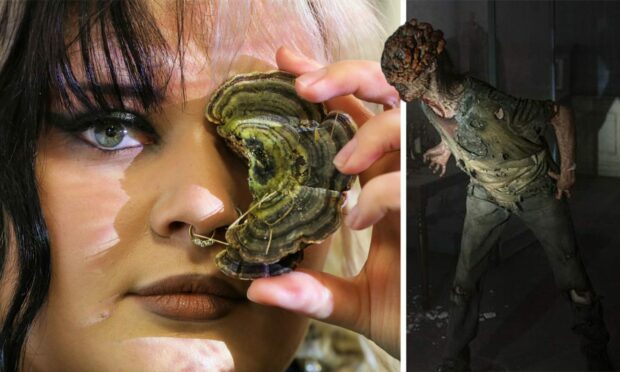

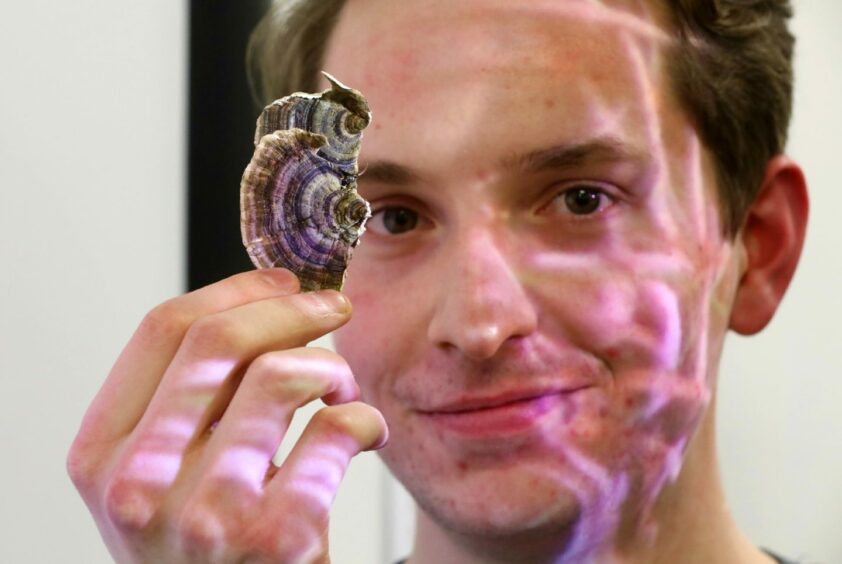
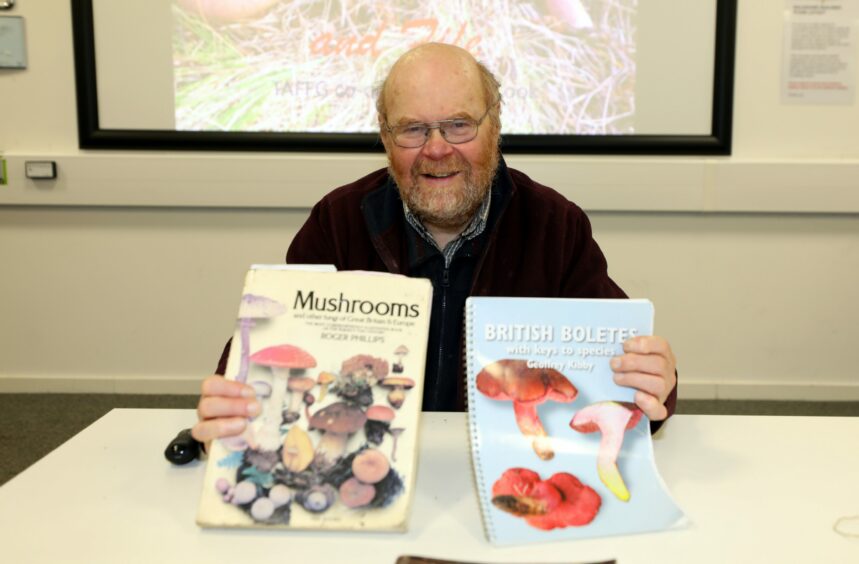




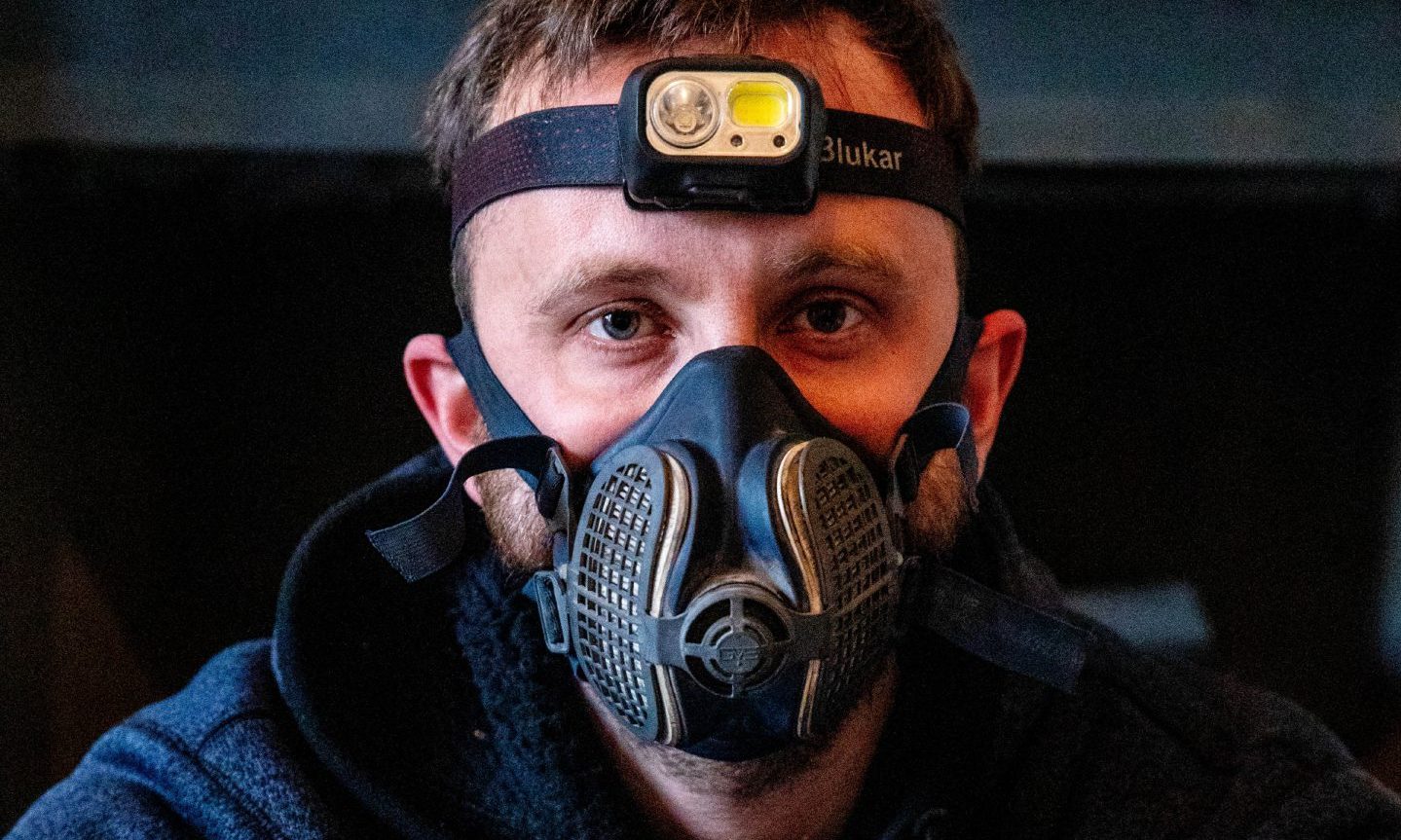
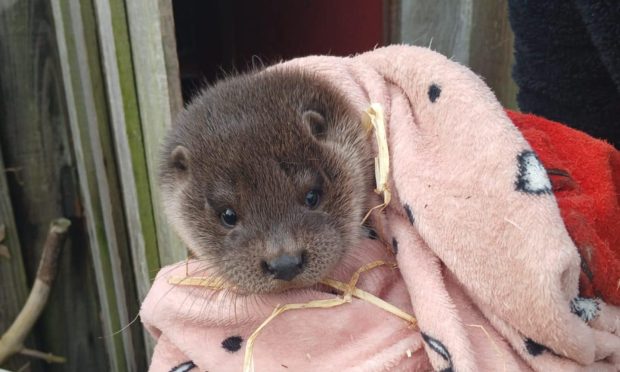




Conversation